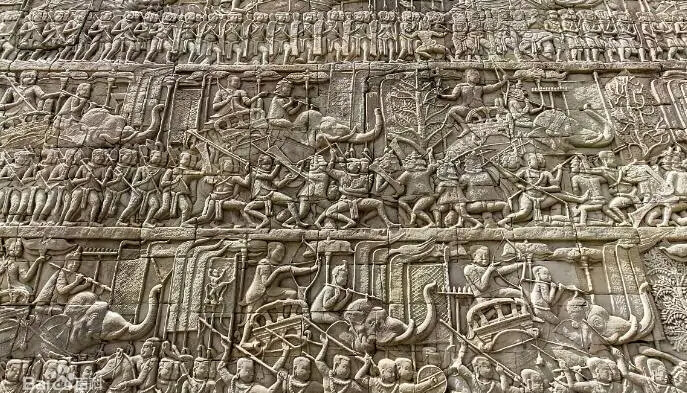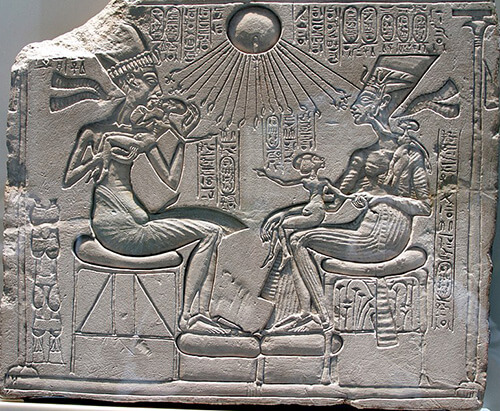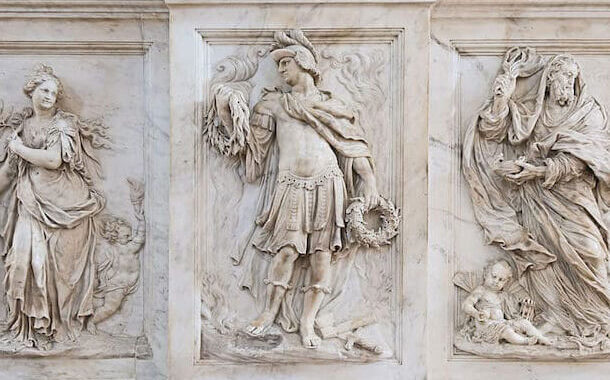Relief sculpture is a fascinating art form that has been practiced for centuries, with roots dating back to ancient civilizations. It involves the creation of three-dimensional images or designs on a flat surface, with the sculpted elements projecting outward from the background. There are three primary types of relief sculpture, each offering unique characteristics and artistic possibilities. In this article, we will delve into these three types of relief sculpture to provide a better understanding of this captivating art form.
1. Bas-relief:
Bas-relief, often referred to as low relief, is characterized by the subtle projection of sculpted elements from the background. In this type of relief sculpture, the figures or designs are only slightly raised, with most of the artwork remaining at the same level as the background. Bas-relief is commonly found on ancient monuments, architectural facades, and decorative panels. It is known for its elegant and subtle appearance, where the sculpted elements seem to almost blend into the surface, creating a sense of depth and perspective.
Famous examples of bas-relief sculptures include the Assyrian wall reliefs in the ancient city of Nineveh and the carvings on the Parthenon in Athens.

stone Bas-relief
2. Alto-relief:
Alto-relief, also known as high relief, is a type of relief sculpture where the sculpted elements are deeply carved and project prominently from the background. This style of relief sculpture offers a more dramatic and striking effect, as the figures or designs appear to be almost free from the background. Artists who work with alto-relief often emphasize the play of light and shadow to create a sense of depth and dimension.
A well-known example of alto-relief sculpture is the Mount Rushmore National Memorial in the United States, where the faces of four U.S. presidents are prominently carved into the rock face.

3. Sunken-relief:
Sunken-relief, as the name suggests, is the opposite of alto-relief. In this type of relief sculpture, the sculpted elements are carved into the surface, and the background is left at the higher level. This creates a “sunken” effect, where the figures or designs appear to be incised into the material. Sunken-relief is often associated with ancient Egyptian art and hieroglyphs, as well as Mayan and Aztec carvings. It is a distinctive style that lends itself well to intricate and detailed depictions.

stone Sunken-relief
A famous example of sunken-relief sculpture is found in the hieroglyphics and carvings on the walls of ancient Egyptian temples and tombs, such as those in the Valley of the Kings.
In conclusion, relief sculpture is a versatile and captivating art form that offers artists a range of creative possibilities. The three primary types of relief sculpture—bas-relief, alto-relief, and sunken-relief—each have their own unique characteristics and are used to convey various artistic and storytelling elements. Whether subtle and elegant or bold and dramatic, relief sculpture continues to be a celebrated form of artistic expression that has left its mark on cultures and civilizations throughout history.

